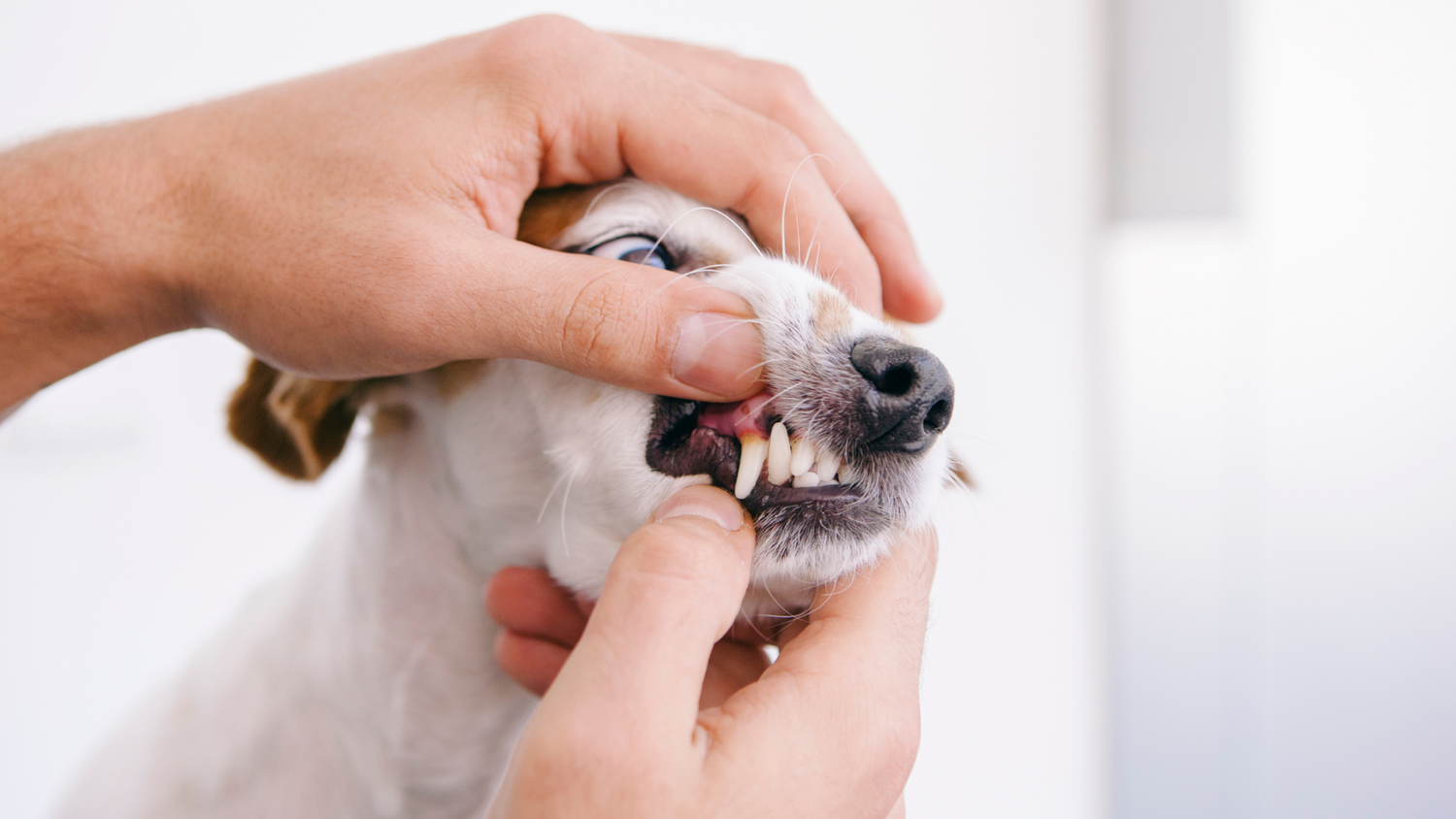
If your pet is constantly scratching, itching, or sneezing, they may be suffering from environmental allergies. Just like humans, dogs can develop allergic reactions to various substances in their surroundings. Identifying and managing these allergies is essential for your pet's well-being and overall quality of life. In this blog, we will explore common environmental allergens affecting dogs, symptoms to watch for, and practical steps you can take to help alleviate your dog's discomfort, naturally.
Understanding Environmental Allergies:
Environmental allergies in dogs can be triggered by a wide range of substances present in their environment. Common allergens include pollen, grass, mould spores, dust mites, certain cleaning products, and even flea bites. These allergens can be triggered by the weather also. It's important to note that allergies can develop over time, so a substance that once posed no issue may suddenly become problematic for your pet.
Recognising Allergy Symptoms:
It's crucial to be able to identify the signs of environmental allergies in your dog. Some common symptoms include:
- Excessive scratching, biting, or licking of the skin.
- Frequent sneezing, coughing, or wheezing.
- Watery or irritated eyes.
- Redness, inflammation, or hot spots on the skin.
- Chronic ear infections.
- Hair loss or thinning coat.
If you notice any of these symptoms persisting or worsening, it's time to take action.
Develop a Natural Allergy Management Plan:
When dealing with environmental allergies, it is always recommended to consult your veterinarian. They can help confirm the presence of allergies and determine the specific triggers affecting your dog. Your vet may perform various tests, such as skin or blood tests, to identify the allergens causing the reactions.
Once your dog's allergies have been diagnosed, you and your veterinarian can develop an effective management plan that you can implement easily at home to reduce or even stop these symptoms.
- Reducing Exposure: Identifying and minimising your dog's exposure to allergens is a crucial step. Keep your dog indoors during high pollen count days and avoid areas with excessive grass or mould. Regularly clean and vacuum your home to reduce dust mites and other indoor allergens.
- Dietary Changes: In some cases, dietary modifications can play a role in managing environmental allergies. Your vet may recommend hypoallergenic or limited-ingredient diets to determine if certain food ingredients are contributing to your dog's symptoms. We recommend looking at your dog’s food to ensure it has high-quality ingredients. Check out our blog about dog food here.
- Regular Bathing: Frequent bathing with a calming shampoo like our Pet Drs Shampoo can help remove allergens from your dog's skin and coat. If you find their paws are affected after a walk, wiping their paws as soon as you get home to remove any pollen or irritants and ensure your dog doesn’t walk them around the house can help to reduce symptoms. You can use a baby wipe or put them straight in the bath to bathe their paws, then follow up with our Derma Cream, use lukewarm water and follow your vet's recommendations for bathing frequency, as excessive bathing can dry out the skin.
- Supplementing: As previously mentioned, allergens are often developed, which can be a sign of a poor immune system or gut health. That’s why we always recommend our Gut Repair Pack to help rebuild immunity and strength in the gut to reduce symptoms and avoid further allergies developing long-term.
5. Preventing Secondary Infections: Constant itching and licking can lead to skin infections and hot spots. We recommend always having a Hot Spot Gel in the fridge to soothe any flare ups if they may occur. This will reduce inflammation, redness, and give relief to itchy skin with its anti-bacterial and cooling properties.
Dealing with environmental allergies in dogs requires patience, perseverance, and we always recommend working with your vet. By working closely with your vet following a comprehensive management plan, and taking preventive measures, you can provide relief for your dog and help them lead a happier, healthier life. Remember, every dog is unique, and what works for one may not work for another. Be attentive to your dog's needs, adapt your strategies accordingly, and provide them with the care they deserve. If symptoms persist, speak to your vet about alternative remedies.





